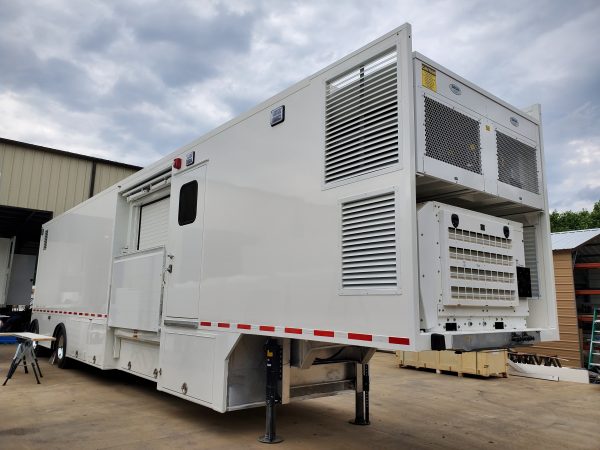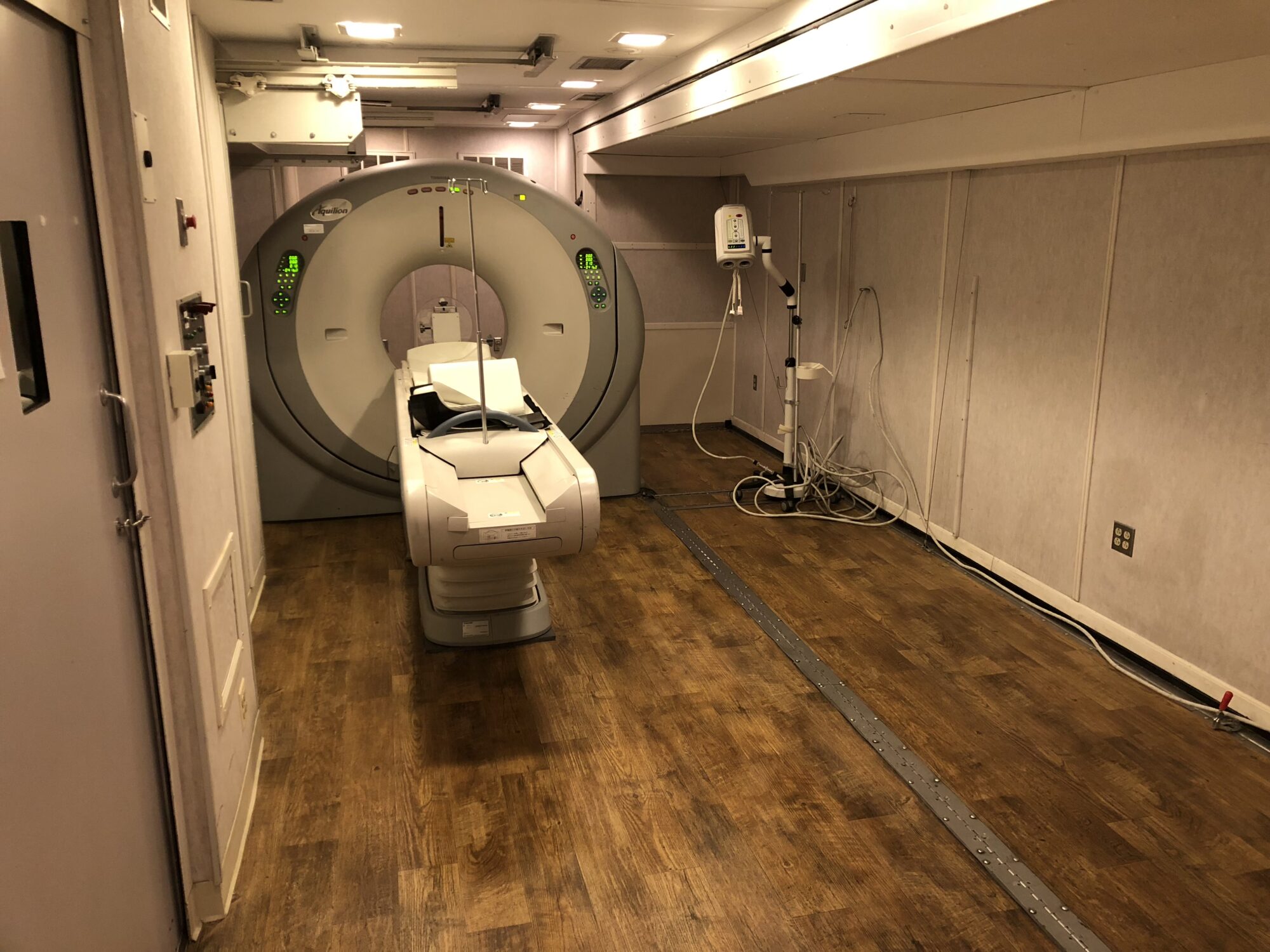In rural areas, access to advanced diagnostic imaging like MRI can be limited due to infrastructure and financial constraints. Mobile MRI units offer a practical solution, bringing essential imaging services directly to these communities. This article explores the benefits and implementation of mobile MRI in rural healthcare settings—and how providers like Platinum Mobile Imaging are helping bridge the care gap.
The Challenge of Diagnostic Imaging in Rural Areas
Rural healthcare providers face numerous barriers to offering advanced imaging: limited capital budgets, long distances from larger hospitals, and inconsistent patient volume. These challenges often result in delayed diagnoses or require patients to travel far for critical scans—creating both a medical and logistical burden.

What Are Mobile MRI Units?
Mobile MRI units are self-contained diagnostic imaging suites housed in specially designed trailers. These mobile systems are fully equipped with advanced imaging technology and climate-controlled patient areas—delivered and installed directly at your facility.
Healthcare providers can lease these units short-term for temporary coverage or long-term as a scalable imaging solution. Vendors like PlatMobile ensure that units are compliant with all health and safety regulations and ready for immediate use.
Benefits of Mobile MRI for Rural Healthcare Providers
- Expanded Access: Provide local imaging services and eliminate the need for patient travel.
- Cost-Effective Operations: Avoid millions in capital expenditures while still offering premium diagnostics.
- Rapid Deployment: Units can be delivered and operational in days—not months.
- Higher Patient Retention: Reduce the need for outside referrals and keep revenue in your facility.
- Scalable Services: Adapt imaging schedules based on patient demand without long-term commitment.
Case Studies: Real-World Rural Impact
A small hospital in Montana improved patient satisfaction scores by over 30% after adding a weekly mobile MRI visit. Another regional health system in Texas rotated a mobile unit between three rural sites, allowing all locations to offer advanced imaging while sharing costs and improving care continuity.
By deploying a mobile unit to handle imaging overflow or peak-time demand, hospitals avoid the significant capital expense of purchasing and maintaining a fixed MRI scanner—often costing $1 million or more. Instead, they gain flexible access to advanced diagnostics without overextending their budgets, reducing patient wait times while maximizing equipment utilization across facilities.
These success stories show how mobile imaging isn’t just a stopgap—it’s a sustainable solution.
Implementation Considerations and Best Practices
To ensure a smooth experience, facilities should:
- Prepare site logistics like power access and level ground.
- Work with vendors to optimize delivery and scheduling.
- Coordinate with clinical staff to streamline patient flow.
- Choose a provider with strong support and maintenance guarantees.
For more information on what setup requires, see our guide on how mobile imaging works.
Conclusion: Bringing Quality Imaging to Rural America
Mobile MRI units are revolutionizing rural healthcare by making advanced diagnostics more accessible, affordable, and immediate. These solutions are closing the care gap for communities that have historically been underserved.
At Platinum Mobile Imaging, we specialize in delivering flexible, high-quality mobile MRI and CT solutions tailored for rural and remote care environments


